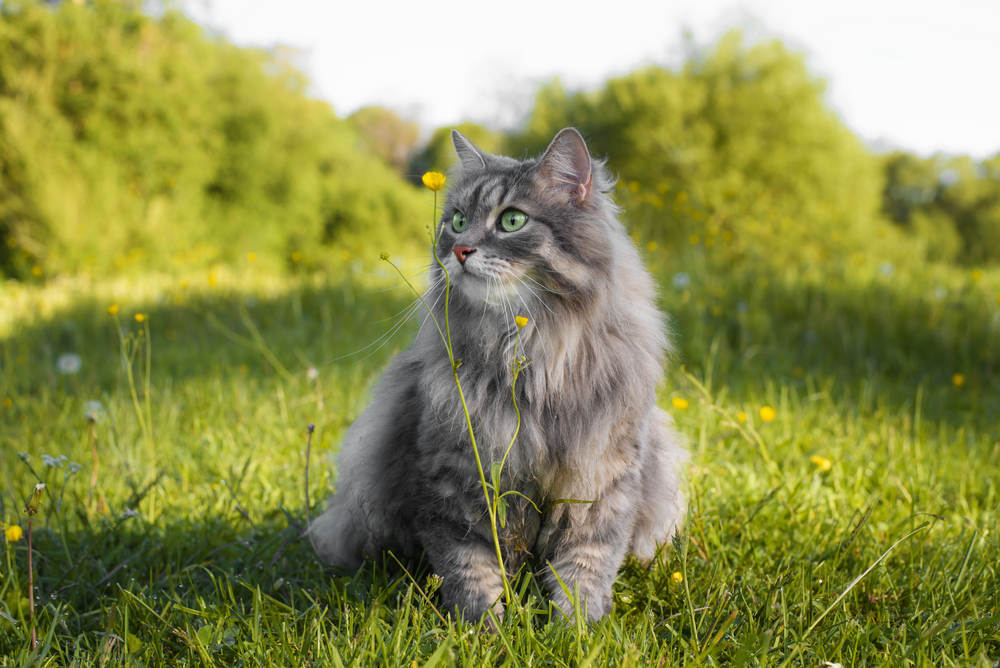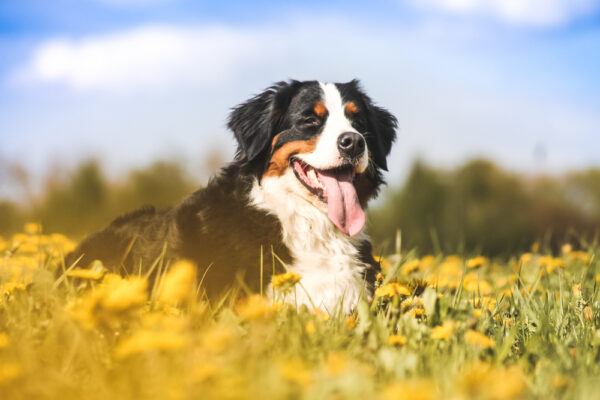As the cold winter gives way to milder temperatures, cats and dogs begin moulting to adapt to warmer weather. This involves losing their dense winter coats in favour of lighter fur. And while many pet parents can attest that shedding happens all year round, understanding this cycle will help give your pet the best care. Your clothes and home will also thank you!
Shedding explained
Shedding (also known as moulting) is a natural and healthy process where dead hair is replaced by new fur. Both cats and dogs tend to experience heavier shedding during spring and autumn. So while in spring, they shed their heavier winter coats to prepare for sunnier days, in autumn, they’ll grow thicker fur to help protect them against the elements. There are different factors influencing shedding, like breed, age, health and environmental conditions.
Coat care during shedding season
Keeping your pet’s coat in good condition can help contribute to their overall wellbeing, helping them regulate their body temperature and offering protection against infections. The tips below can be used anytime, but they may come in particularly handy during shedding season, where your pet may need a little extra care.
Regular grooming
Frequent brushing helps remove loose hairs, reducing the amount that ends up around your home and your cat’s stomach, forming hairballs. Grooming also prevents matting and promotes the production of healthy oils, which will keep your pet’s skin soft and supple. For long-haired breeds, daily grooming is essential, especially during peak shedding periods.
Balanced nutrition
A complete, balanced diet rich in high-quality protein, essential fatty acids, vitamins, and minerals will support skin and coat health, something you will find in the Go! Solutions Skin + Coat Care range. Foods containing omega fatty acids can be very effective in reducing excessive shedding thanks to anti-inflammatory properties. We recommend speaking to your vet to find out what the best diet is for your dog or cat, even more important if shedding is excessive, as this may be caused by an underlying health condition.
Proper hydration
Ensuring your pet has access to fresh water is key, as hydration is vital at so many levels, from skin health to general organ function, helping to maintain a healthy coat and, as a result, minimising shedding. Cats have a lower thirst drive than dogs and will be more drawn to fresh, running water, but we can encourage hydration by placing several water bowls in the home (quiet places are best) or investing in a pet water fountain.
Stress management
Stress can lead to increased shedding in pets – which can be more common than we would think as, like us, animals can be sensitive to changes in their routine. Travel, guests, fireworks or other pets can all lead to an anxious cat or dog, in which case we would recommend providing a stable environment with a predictable routine, regular playtime, exercise, and a safe space for them to retreat to.
Flea and tick prevention
Last but not least, parasites like fleas and ticks can affect the health of your pet’s skin, leading to excessive scratching, skin irritation and shedding. This is especially the case for cats and dogs with flea-allergic dermatitis (FAD), an allergy to flea saliva. It’s one of the reasons why vets recommend year-round flea and tick prevention, with spring and summer being when these parasites are most active.
Though fairly simple, these are powerful habits to help you navigate the shedding season more easily, bringing extra comfort to your fur family with the added bonus of a cleaner home and the treat that is petting a pet with a silky-soft coat.



